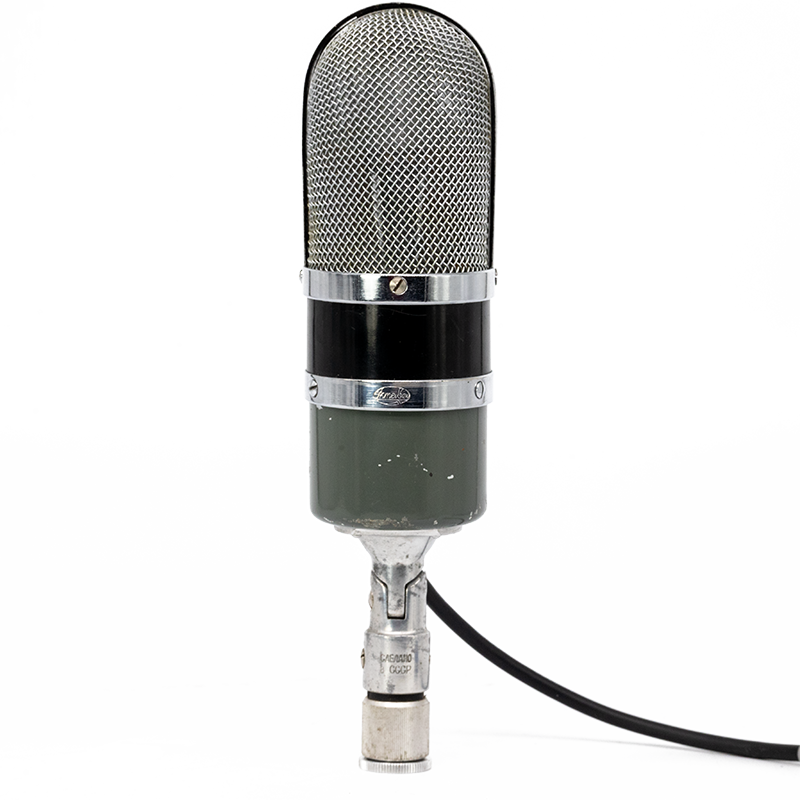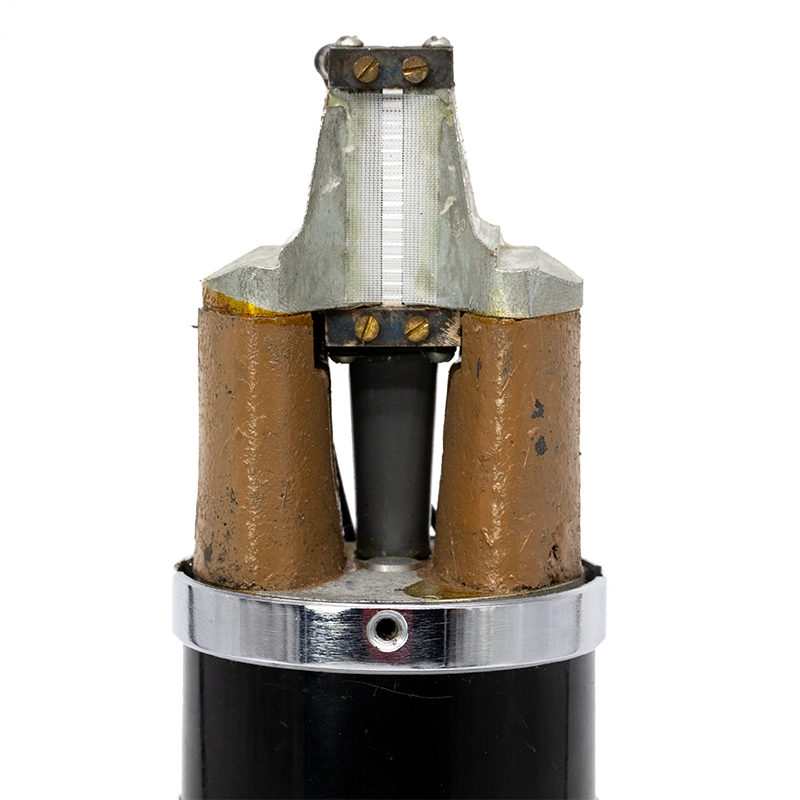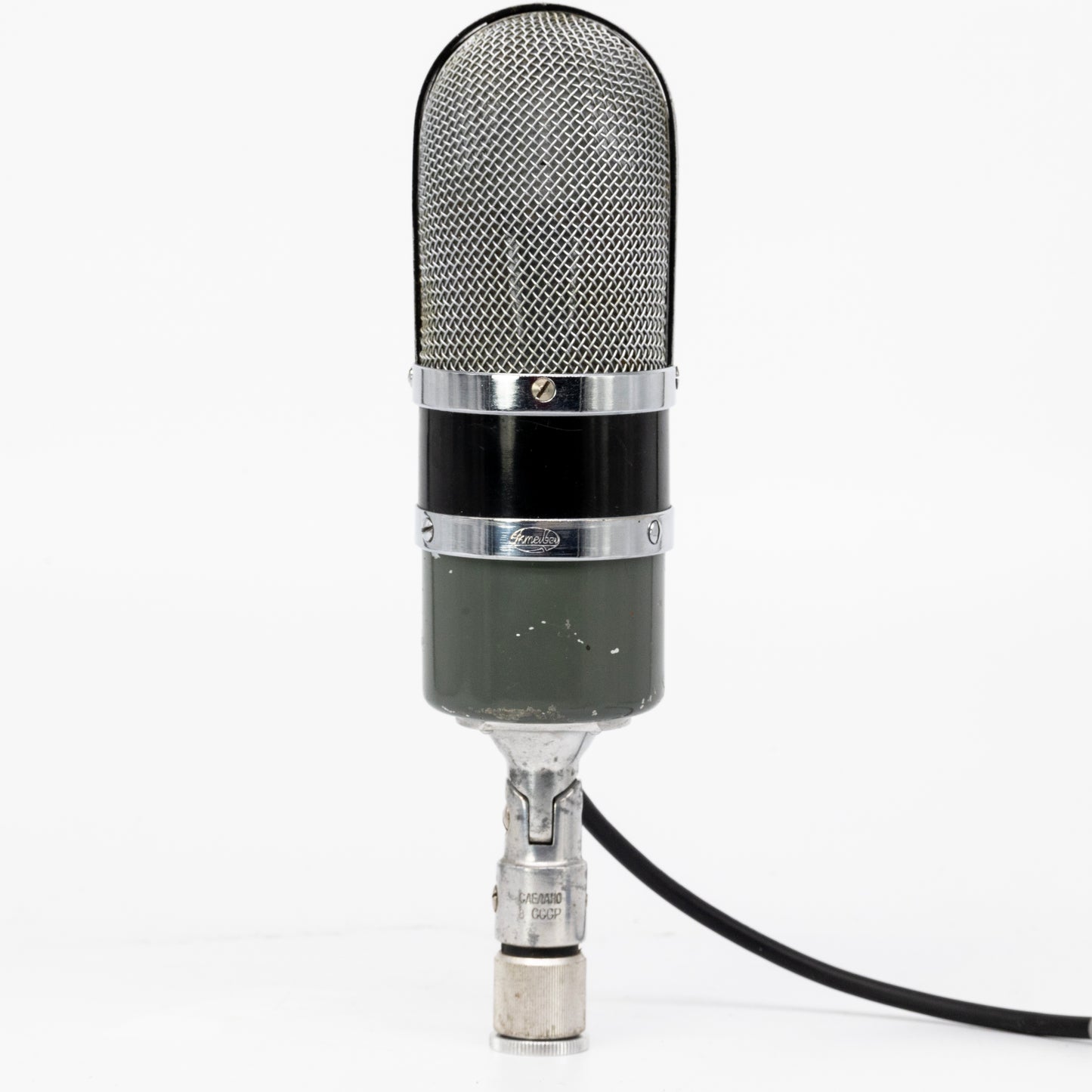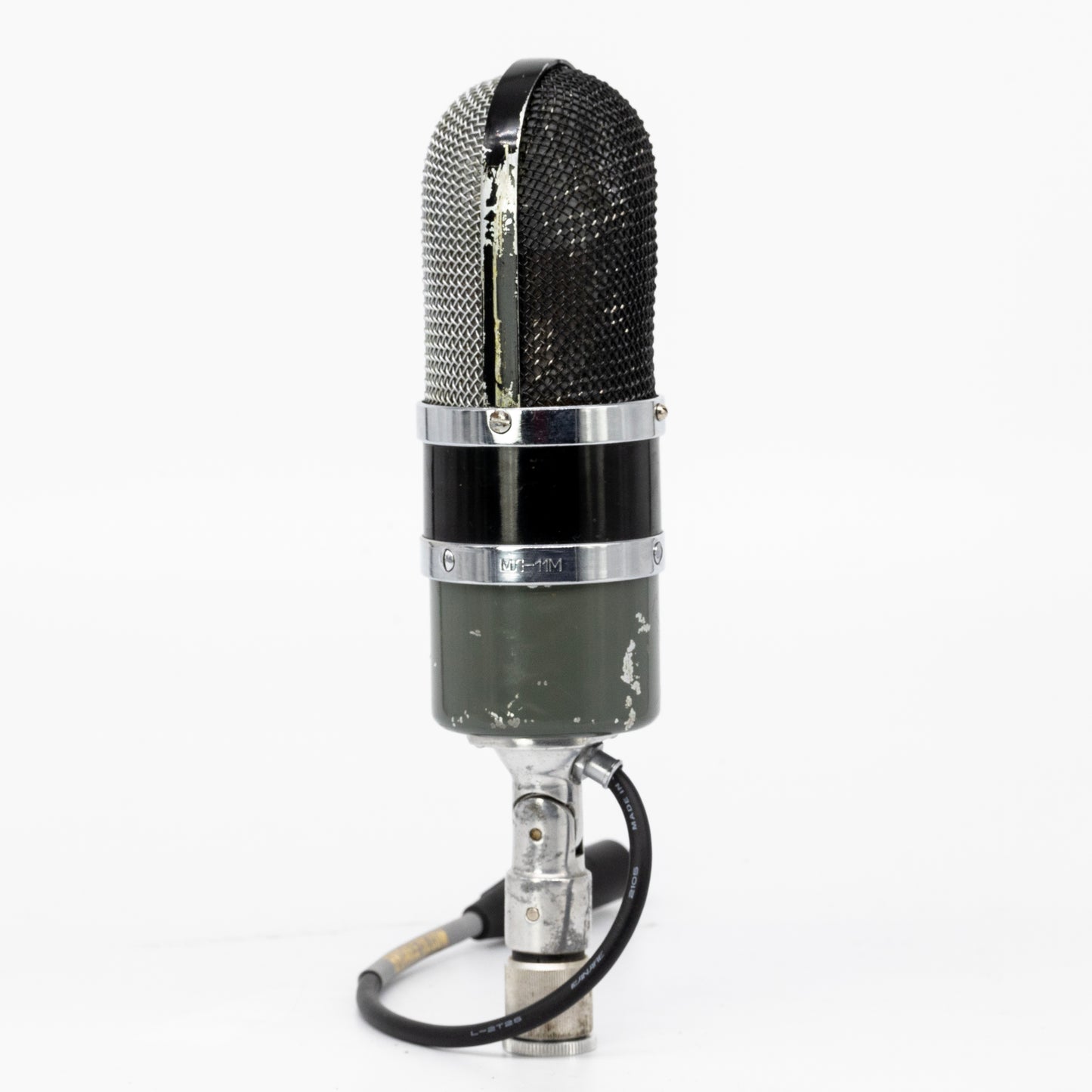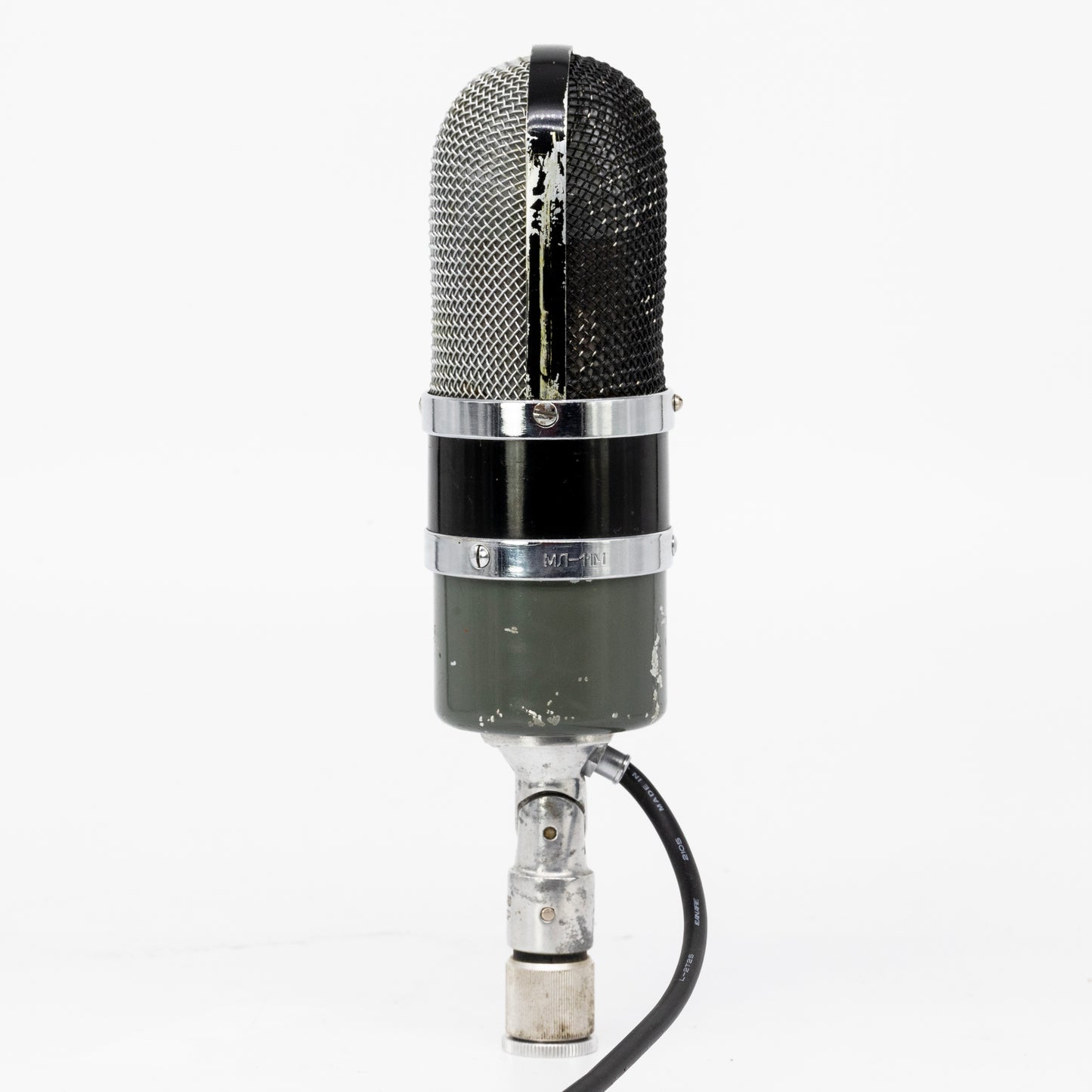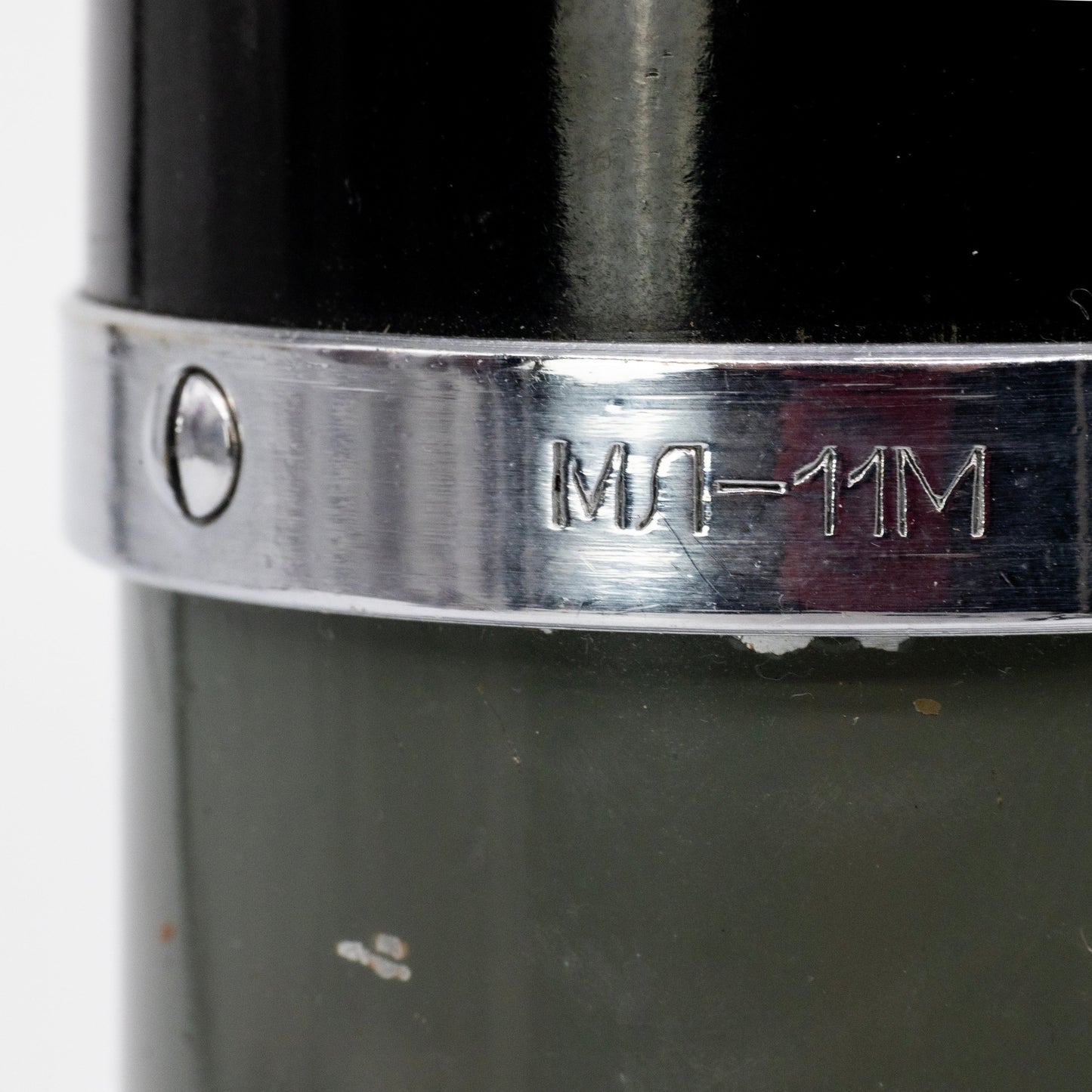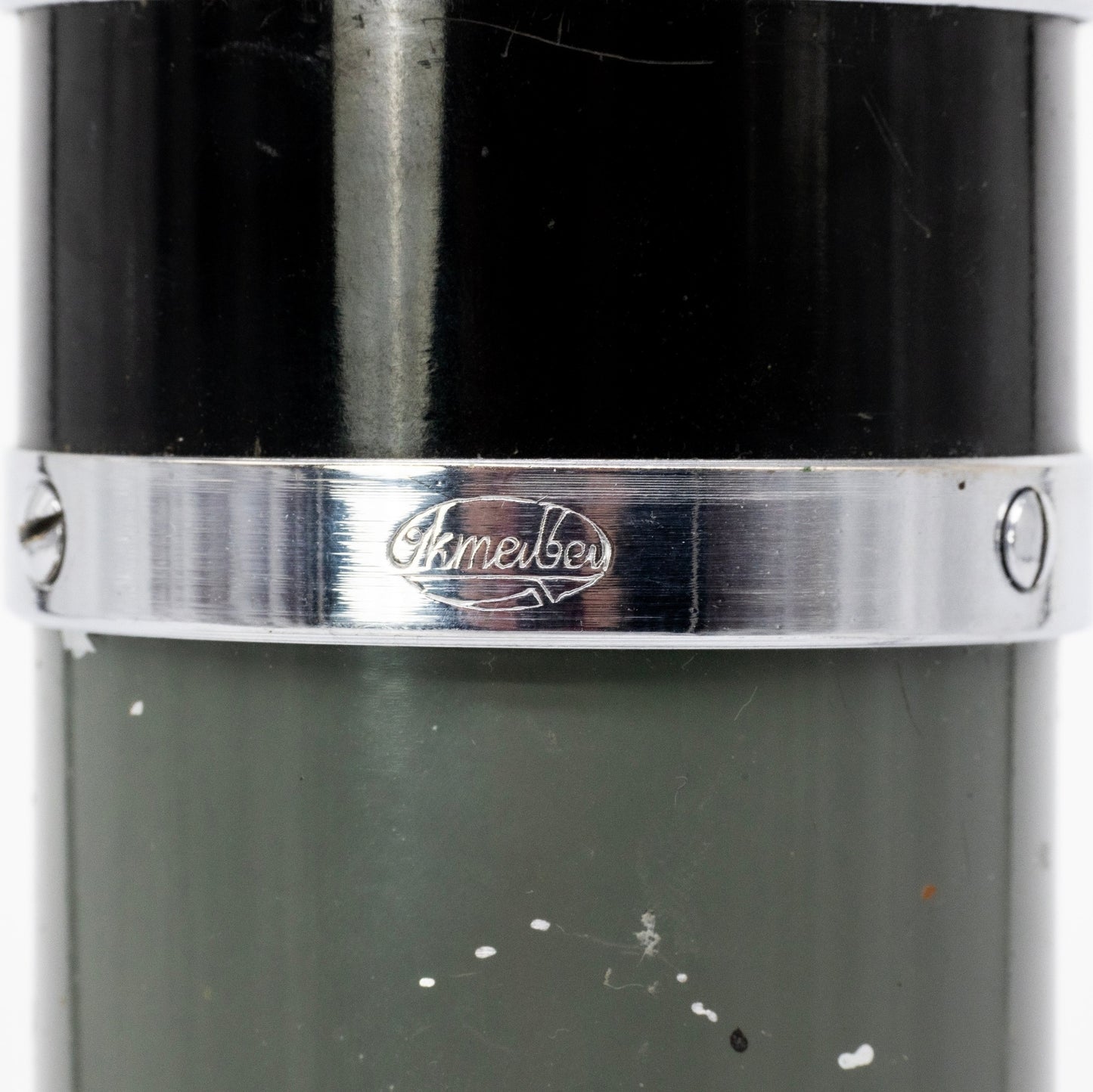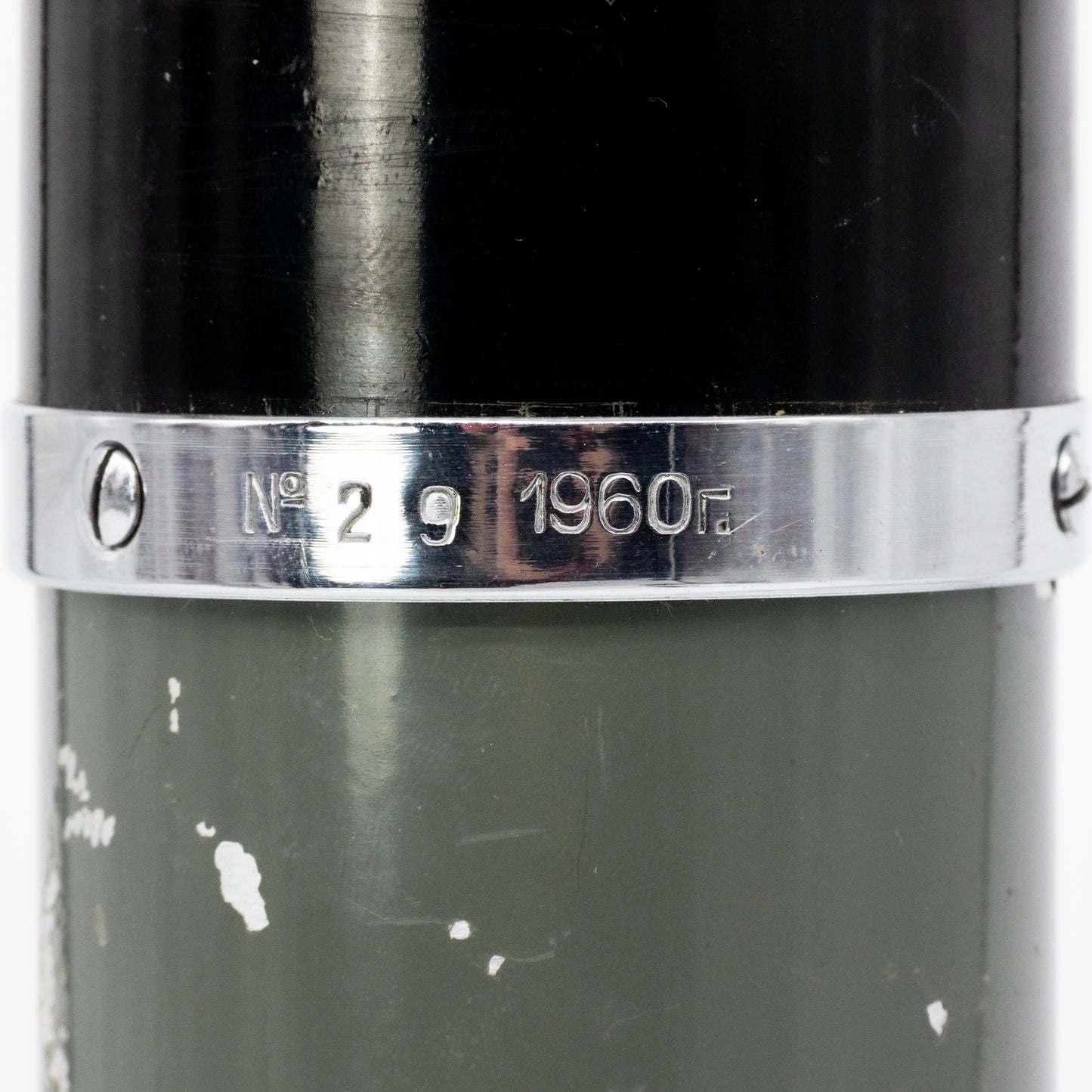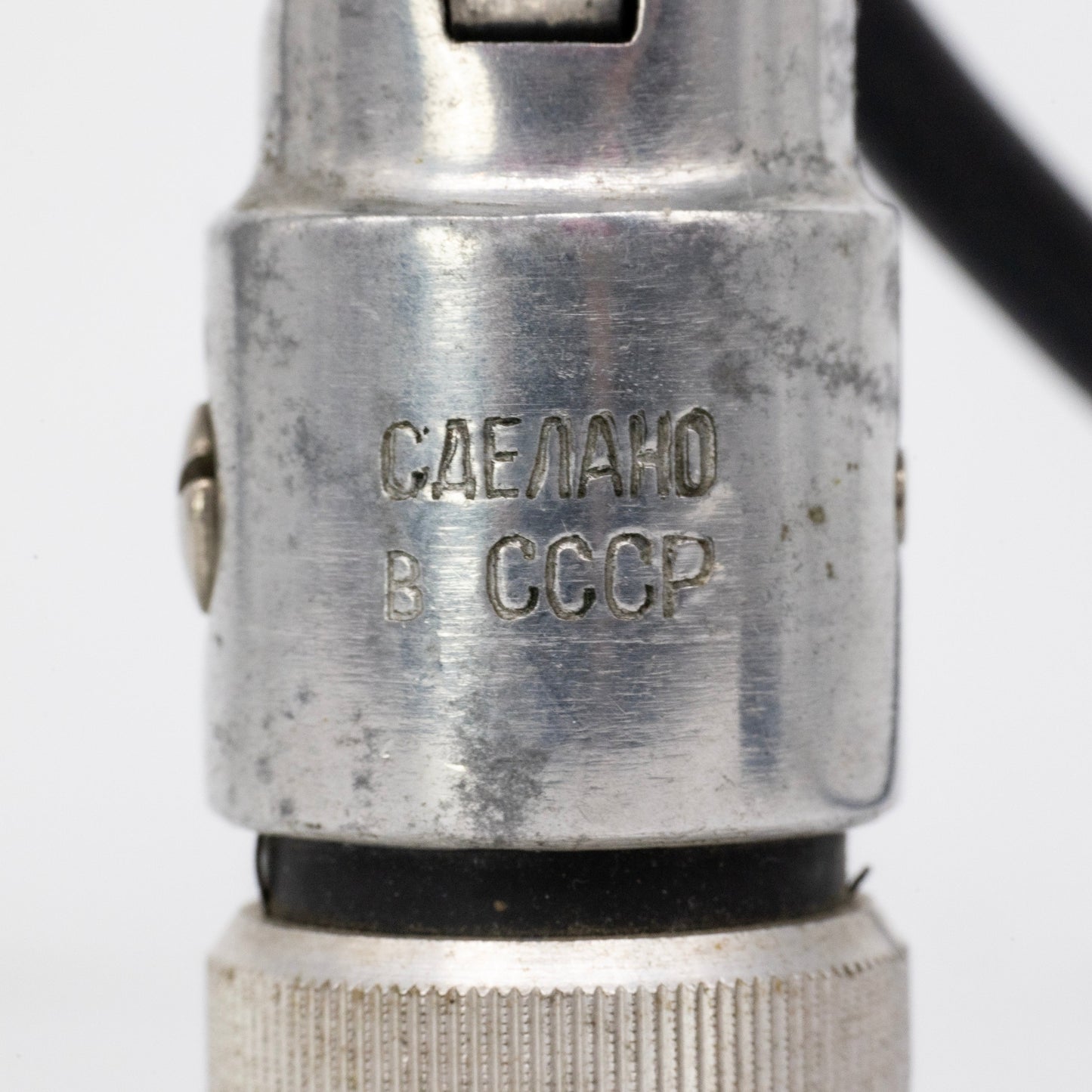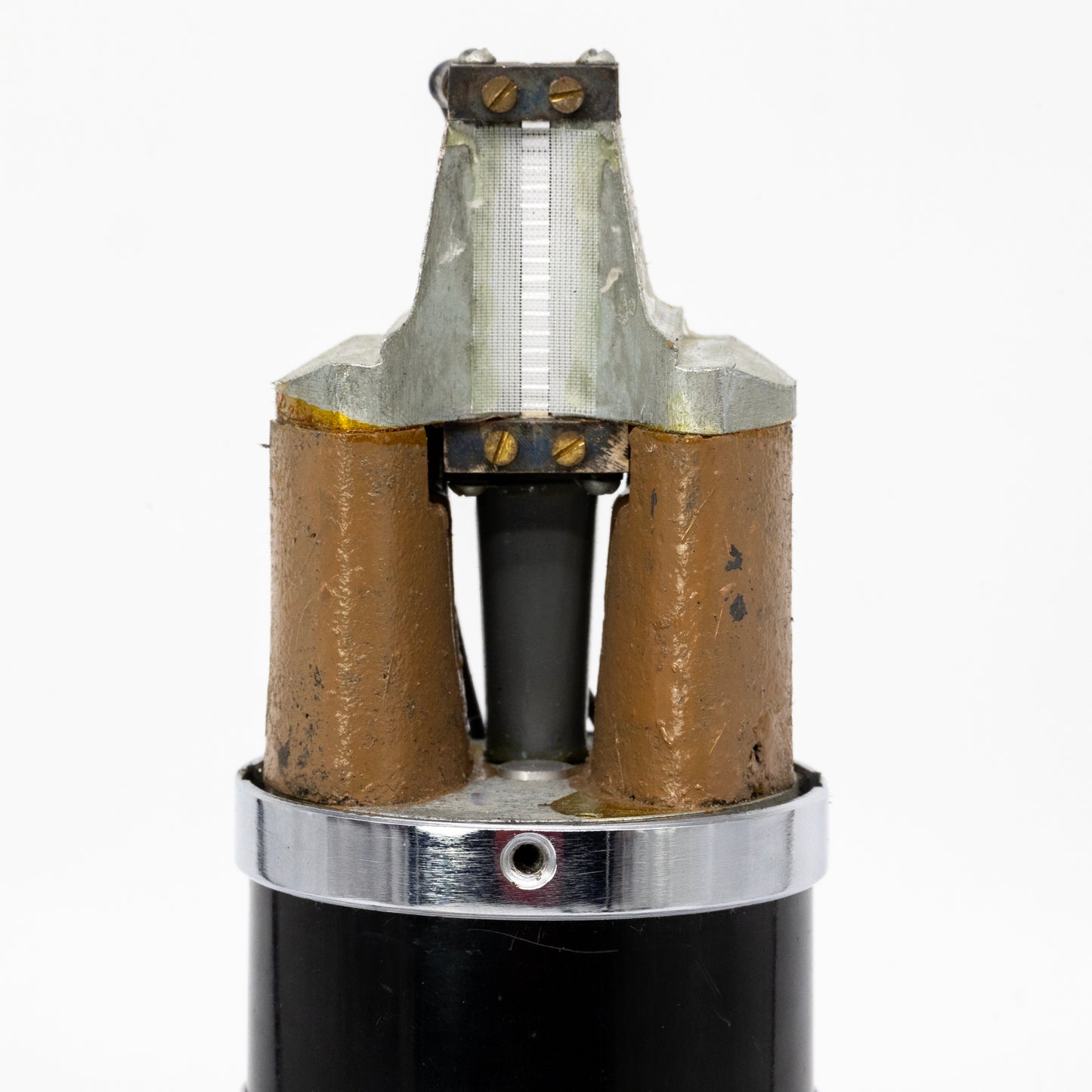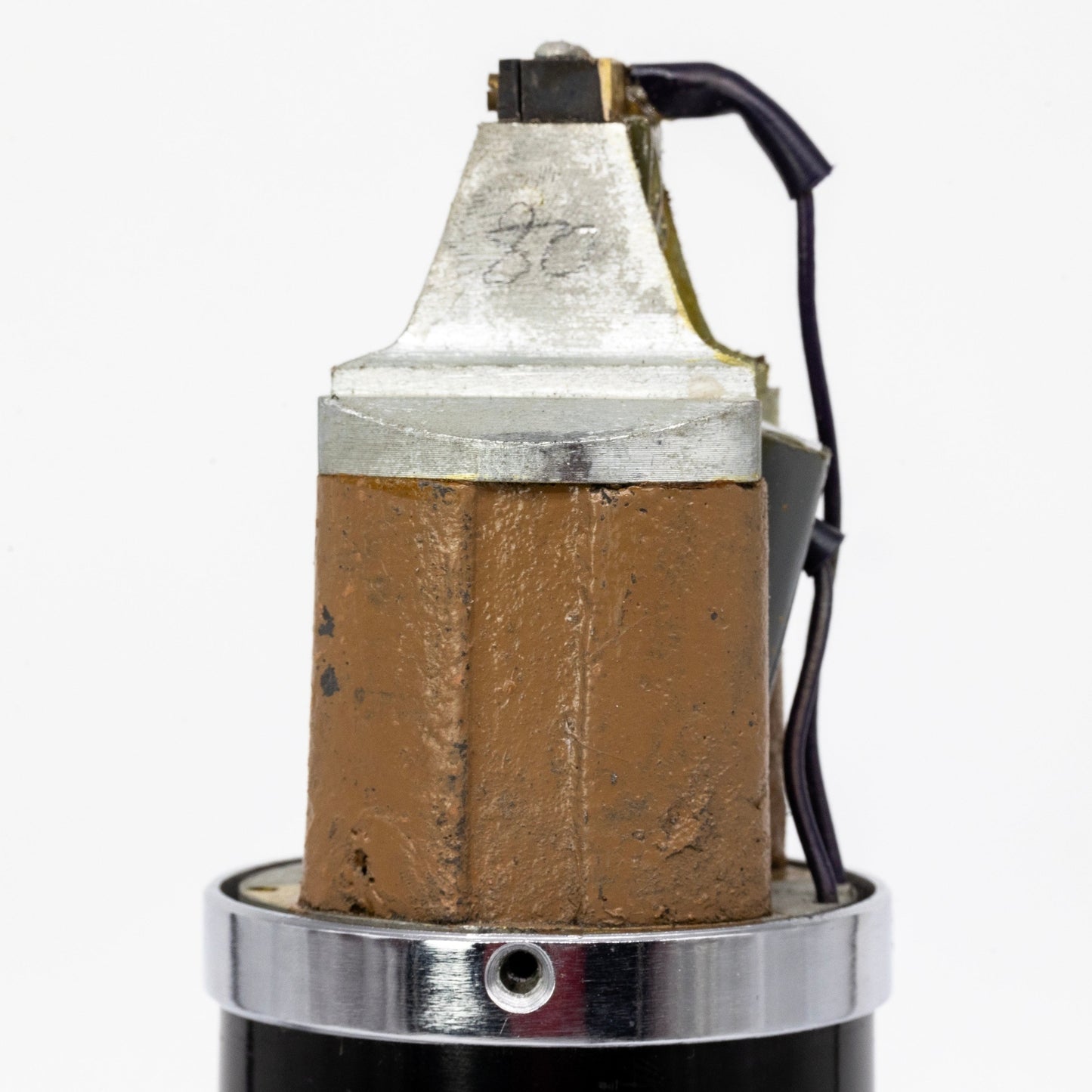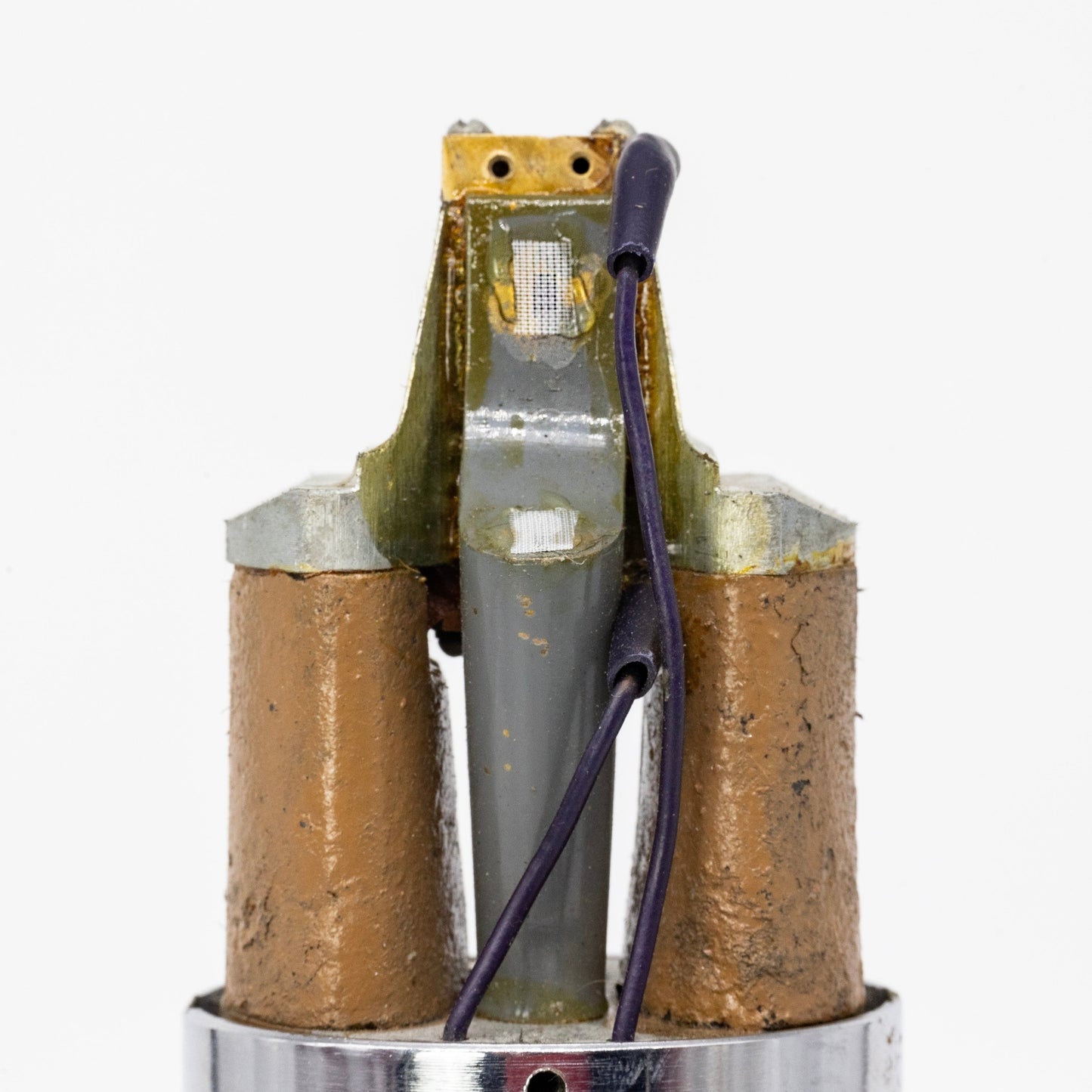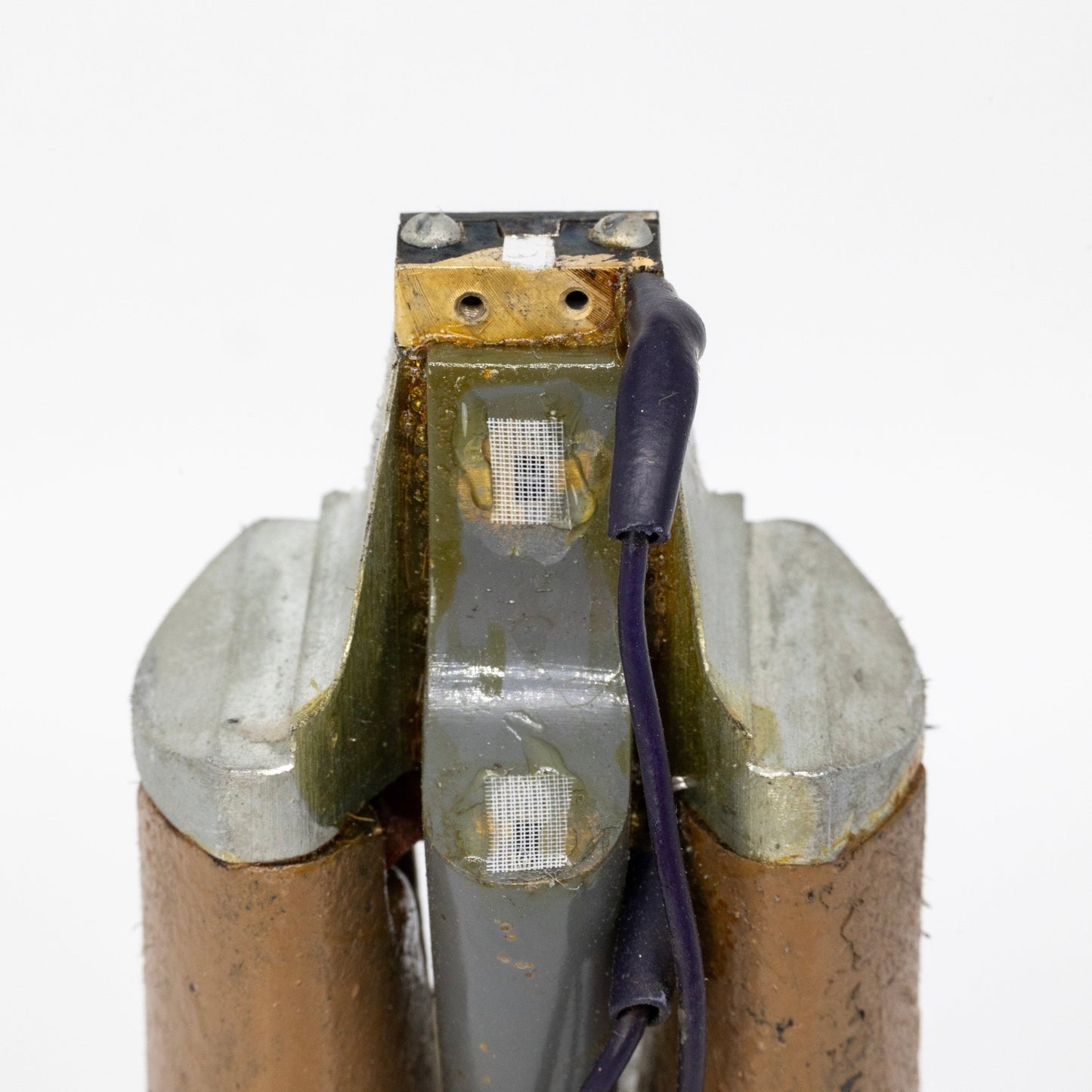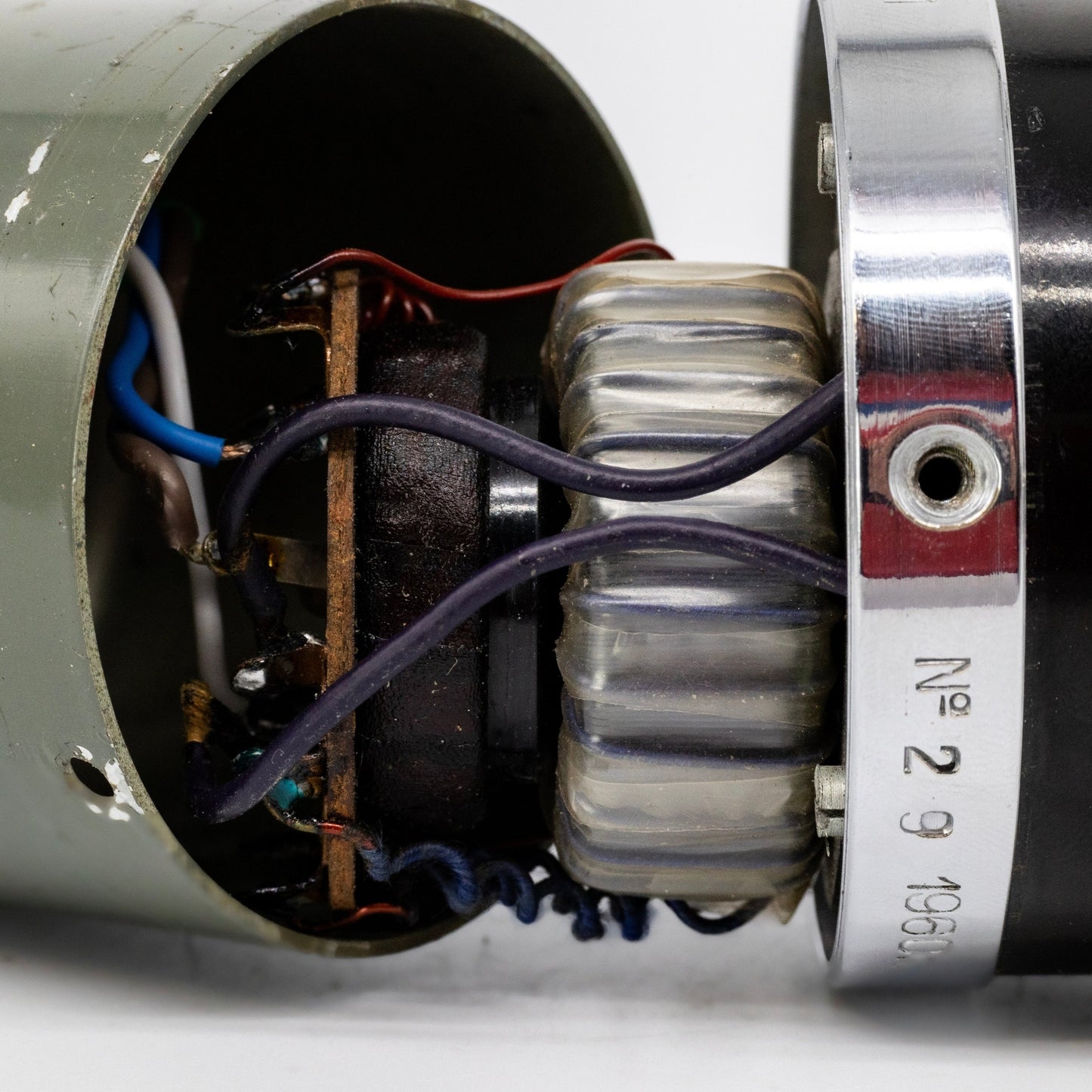Share
Oktava ML11M - 1960 - N29
Oktava ML11M - 1960 - N29
Price includes fully insured USPS or UPS shipping to the USA or discounted flat-rate shipping for overseas orders.
Couldn't load pickup availability
Model: ML11m
Year: 1960
Serial: 29
Polar Pattern: Cardioid
Transducer Type: Velocity Ribbon
All of our equipment is carefully cleaned, serviced, and tested before being listed, and again before being shipped out.
DETAILED DESCRIPTION (click to expand)
DETAILED DESCRIPTION (click to expand)
The Oktava ML11m was Oktava's flagship unidirectional ribbon microphone, and probably the rarest model they ever produced. It's a large and hefty affair, and is essentially the cardioid version of the ML15 (their flagship figure-8 microphone) and it requires some critical adjustments for it to sound its very best in music studio applications. Once these adjustments are made, it's one of the most gorgeous sounding ribbon mics we've heard, with just the right amount of color, fidelity, heft, and personality to excel on any source from drum overheads, to vocals, to guitar amps. It truly sounds unlike any other ribbon microphone we've heard, and for this reason our ML11m's wind up on most recordings.
When we got our first ML11m, we were beyond excited to try it out in the studio. After plugging it in, we were let down by its thin and underwhelming sound. We knew something wasn't right so we dug deeper.
Just like it's smaller cousin the ML17, the ML11m has an acoustic chamber that is responsible for its unidirectional pickup pattern. This chamber has two air vents in the back of the mic, and both vents are covered with an old cloth and old glue to protect the ribbon motor from debris. After being in the world for 60+ years, the cloth accumulates dust, dirt and grime, and the mid-20th-century glue is hard and stubborn. As a result, the sound arriving into the acoustic chambers is compromised, resulting in poor frequency response. Removing the old glue and cloth, cleaning out the ribbon motor, and installing new cloth over the vents makes a dramatic difference in the sound of both the ML17 and ML11m (as well as the Toshiba Type G, which has a very similar design).
The ML11m requires one more critical modification to unlock its true potential, and this lies in its output transformer configuration. Like every other pre-70's Oktava ribbon microphone, the ML11m uses a toroidal output transformer. But the ML11m also has a choke and LC network built into it, which dramatically limits it's frequency response, presumably for voice in live sound and early broadcast applications. Disabling the choke network brings back the microphones full frequency range which extends way down low, and surprisingly up high as well.
All of this is to say that this ML11m has been fully serviced with its ribbon motor and acoustic chambers cleaned, band-limiting choke disabled, and a new ribbon expertly installed. . All work done by Cole Suddarth at Cole Picks Vintage.
Aside from a few paint chips, this particular ML11m is in especially good cosmetic condition.
HEAR THE Oktava ML11M - 1960 - N29 (click for info)
HEAR THE Oktava ML11M - 1960 - N29 (click for info)
The recording below was made entirely using only a pair of serviced ML11ms on each instrument. There is no processing on any of the tracks.
